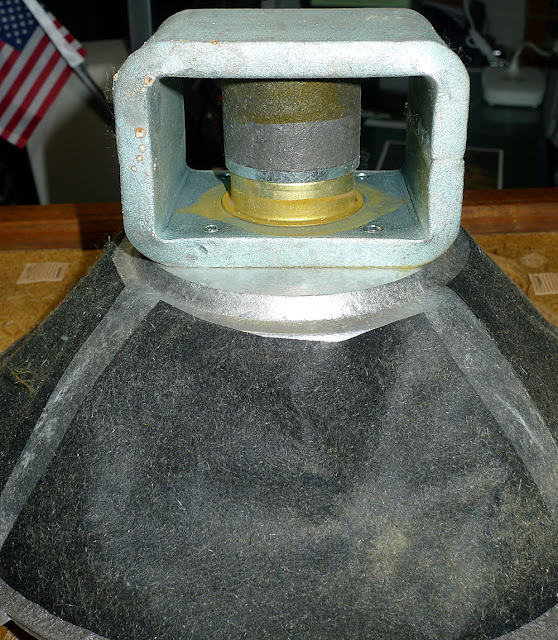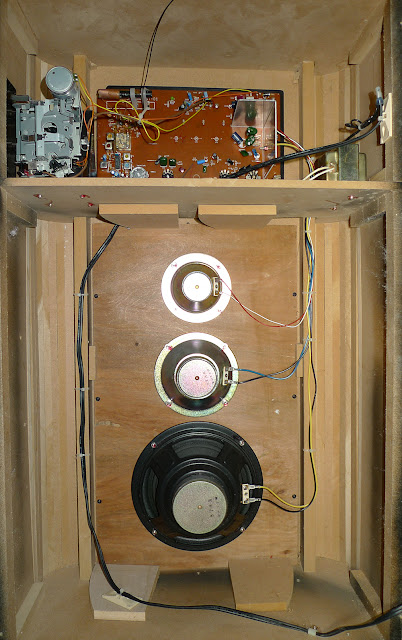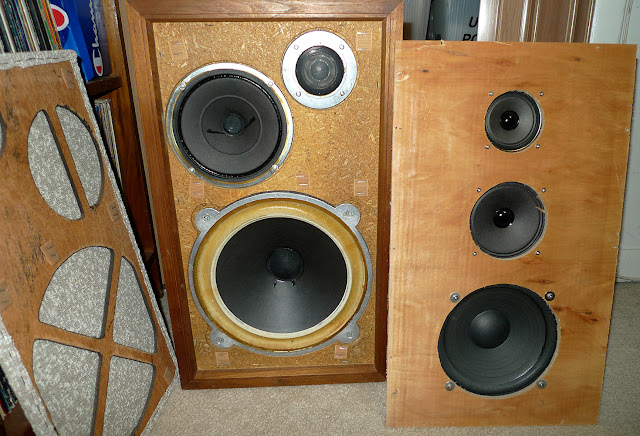March 23, 2018
#244
Gentle reader,
This should be subtitled: Cheap Auxiliary Lenses Tested with Pentax 110 lenses on a Panasonic Lumix DMC-G1 Digital Body.
These first two shots were made with a 110 film camera with an auxiliary wide angle lens added via 40.5-49mm step-up ring. The camera was the vaunted Minolta 110 Zoom-SLR Mark II. Both shots I made at work one day at lunch.

These first two shots were made with a 110 film camera with an auxiliary wide angle lens added via 40.5-49mm step-up ring. The camera was the vaunted Minolta 110 Zoom-SLR Mark II. Both shots I made at work one day at lunch.

I love the way all the branches seem to be reaching to the middle of the image. The only thing that detracts are the two small areas of vignetting in the bottom corners.
This shot clearly shows the fish-eye effect. That is a curb at the bottom and the top of a wall at the top with chain-link fence atop that. The wall is flat, yet not in this shot. Vignetting is present but not as distracting.
I ordered two T2 (T-mount) to Micro Four Thirds adapters so that I could try my Sigma/Spiratone 18mm and 12mm lenses on the Panasonic Lumix body. The 18mm did nothing to impress me. I used the kit 14-45 lens and sure enough, the same image is right at 18mm. So, I won’t be using that lens. The 12mm is a full-frame fisheye lens on a 35mm or full-frame digital body. So, it is wider than the factory AF lens. Below is a shot with the 12mm fisheye lens. Note the vertical curvature of things on the wall. That Aires 35 IIIC box next to the Jaguar E-Type roadsters is still available on eBay. As are the lenses and a few other things.
rfcollectin | eBay
rfcollectin | eBay
Since I could not hand hold such slow shutter speeds, I mounted the body on a sturdy tripod. This is the shot it produced. I took shots after this with Pentax 110 lenses: 20-40mm f2.8 zoom lens and 70mm f2.8 telephoto lens. Of the six lenses made for these Pentax AUTO 110 SLR cameras, these are the only with metal lens bodies. They both sport 49mm filter threads, so I bought 0.30X wide angle auxiliary and 2.2X telephoto lenses. Both were less than $10. from a US seller. Each is made with three elements and the literature claims that they are coated.


This shot has the 20-40mm zoom mounted to the G1 with the appropriate adapter AND the 0.30X wide angle auxiliary lens attached. Since 110 film (and Micro Four Thirds sensors) are about half the size of 35mm film, one can multiply 110 lenses times two. So, it is a 40-80mm lens in 35mm equivalent. WITH the 0.30X attached, that makes it: 6mm (12mm in 35mm film) to 12mm (24mm in 35mm film) which in any book is really wide.


Next is the Pentax 110 70mm lens with the 2.2X auxiliary lens attached. So, 70mm equals 140mm times 2.2 equals: 154mm or around 308mm in 35mm. Quite a reach for a 110 camera.
The shot above is at the 20mm end of the Pentax lens alone.
The one above is 20mm end with the 0.30X wide angle lens attached. It is harder to focus with this lens attached and as you can see, it is out of focus. Yet, it is almost like just the Porsche 944 Turbo IS in focus and the rest out of focus. Similar to a Lensbaby. Note the vignetting at all corners. This lens has the telephoto reach with the lens all the way back. Wide angle is all the way out. Opposite of logic and most zooms that I've used.
Next is at 40mm with the wide angle attached. So far, unless it’s my learning-to-do-this curve is still steep, I am not impressed with the wide angle attachment. I plan to repeat the tests but outdoors.

The shot above is with the 70mm alone and again, very sharp. I tried the 2.2X, but the subject is way too close to shoot with that attached. So, no comparison image could be made.
Oddly, with these auxiliary lenses mounted on the PENTAX 110 body, the view with them attached are quite clean and clear. I did not expect much for my investment and these images made with the auxiliary lenses are less than spectacular. Once I have some 110 film to try, I will see how they work on the Pentax.
Below are various shots of my Pentax AUTO 110 SUPER wearing the fairly rare 20-40mm zoom lens with the shapely 70mm lens which still has the factory lens shade.
As the two film photos at the top of the article show, whichever front mount wide angle lens I had been using on the Minolta Mark II SLR did have positive results.
Thanks for looking,
Scott
March 23, 2018
Oddly, with these auxiliary lenses mounted on the PENTAX 110 body, the view with them attached are quite clean and clear. I did not expect much for my investment and these images made with the auxiliary lenses are less than spectacular. Once I have some 110 film to try, I will see how they work on the Pentax.
Below are various shots of my Pentax AUTO 110 SUPER wearing the fairly rare 20-40mm zoom lens with the shapely 70mm lens which still has the factory lens shade.
Below is from above. Isn't that a meaty lens?
These two shots show the aux. lenses attached. The wide angle lens (above, facing you) shows the tell-tale colors associated with lens coatings.
And now with the long lens attached. I see NO colors on this aux. lens. So, coated? Doubtful.
So far, my twenty dollar investment in these front mount auxiliary super-wide-angle and telephoto lenses is unimpressive. I have tried them both attached to my Nikon 50mm lens on my D200 and here are the results.
Standard Nikon AF 50mm f1.8 (film) lens alone.
Same lens with 2.2X Telephoto attachment.
Same lens with 0.30X Wide Angle attachment.
The photos speak for themselves. While each did their assigned task of widening or magnifying the subject, the Tele lens wasn't too bad but darkened the image. The Wide lens certainly widened, but at the extreme expense of softening.
I remembered that I'd bought an adapter which is barrel shaped for my Panasonic Lumix DMC-LX3 camera which sports a Leica Vario-Summarit lens which is 24-90mm (35mm equivalent) lens. The lens is at 24mm zoomed OUT and zoomed IN at 90mm. All shots are with the built-in flash. Here are the results:
These photos show similar results. The telephoto adapter is adequate, the wide angle severely softens the image. So,
if one wants a cheap alternative to a Lensbaby, get one of these wide
angle lenses. But it is my considered opinion that one should never
expect much from a new lens that cost less than ten dollars.I remembered that I'd bought an adapter which is barrel shaped for my Panasonic Lumix DMC-LX3 camera which sports a Leica Vario-Summarit lens which is 24-90mm (35mm equivalent) lens. The lens is at 24mm zoomed OUT and zoomed IN at 90mm. All shots are with the built-in flash. Here are the results:
No aux. lens @ 24mm with flash.
24mm with Wide attached to barrel adapter.
Wide end zoomed until barrel is not visible.
90mm with flash.
90mm with Tele. attached.
As the two film photos at the top of the article show, whichever front mount wide angle lens I had been using on the Minolta Mark II SLR did have positive results.
Thanks for looking,
Scott
March 23, 2018




























































